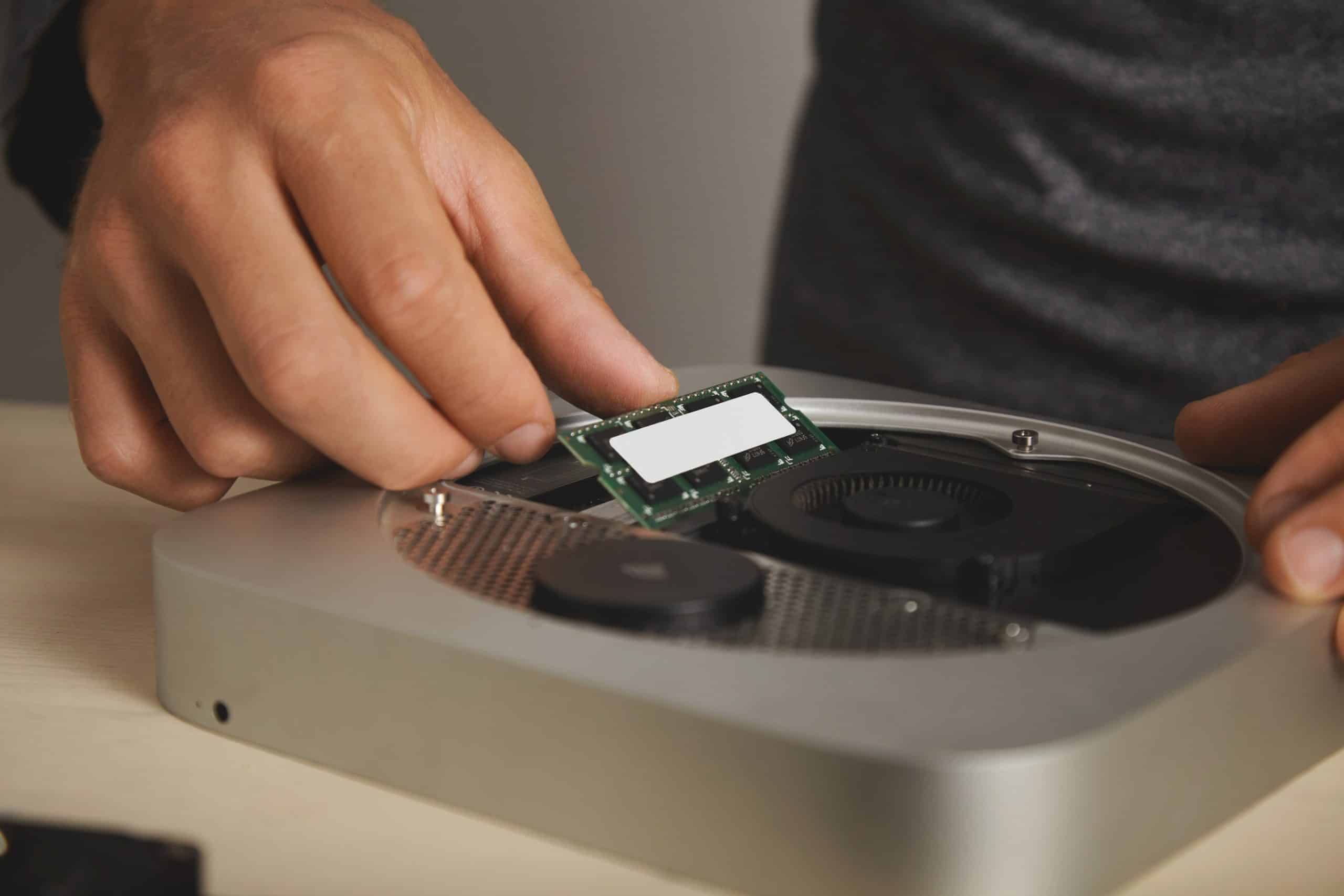In the world of sports, athletes are often subject to a wide range of injuries. Tendon injuries, in particular, can be quite debilitating. They can sideline an athlete for months and even lead to long-term issues if not properly treated. The use of laser therapy has emerged as a promising treatment option for these types of injuries. This article will explore the science behind laser therapy, how it can help in tendon repair, and its effects on athletes.
The Science Behind Laser Therapy
Before we delve into laser therapy’s role in tendon repair, it’s essential to understand what it entails. Also known as low-level laser therapy (LLLT), it’s a form of treatment that uses low levels of light to stimulate healing in the body.
A voir aussi : How to Optimize Nutritional Supplementation for Recovery in Combat Sports Athletes?
The science behind laser therapy is fascinating. When a laser beam is applied to an injured area, it penetrates the skin and reaches the damaged tissue. The light energy is then absorbed by the cells, leading to various physiological changes that promote healing.
One of these changes is the increase in cellular metabolism, which leads to the production of more energy within the cells. This energy boosts cell growth and regeneration, helping to repair the injured tissue. Laser therapy also promotes the release of endorphins, the body’s natural painkillers, reducing pain experienced by athletes.
Avez-vous vu cela : How to Implement Olympic Weightlifting Techniques Into Strength Training for Hockey Defensemen?
Laser Therapy for Tendon Repair
Tendon injuries can be quite challenging to treat due to their poor blood supply. This is where laser therapy shows its merit. By using specific wavelengths of light, laser therapy can stimulate the flow of blood to the injured area, providing the nutrients and oxygen needed for the tendon’s healing process.
Research, as per the Google scholar articles, has shown that laser therapy can significantly accelerate the healing of tendons. In a study published in the Journal of Sports Medicine and Physical Fitness, athletes with tendinopathy who underwent laser therapy showed improved function and reduced pain compared to those who did not receive the treatment.
Furthermore, the therapeutic effects of laser therapy are not just limited to the initial healing phase. It can also help in the formation of strong, flexible scar tissue, reducing the risk of re-injury.
The Effects of Laser Therapy on Athletes
The beneficial effects of laser therapy on athletes extend beyond just physical healing. The reduced healing time means that athletes can return to their sports sooner, reducing the psychological stress often associated with prolonged injury.
Moreover, the pain-relieving effects of laser therapy can reduce the need for pain medication, which can have undesirable side effects. Athletes can thus maintain a higher quality of life during their recovery period.
Laser therapy also offers a non-invasive treatment option for injuries. This is particularly beneficial for athletes, as invasive procedures often involve longer recovery times.
Use of Laser Therapy in Sports
The use of laser therapy in sports is gaining increasing recognition due to its effectiveness in treating various injuries. Several sports teams and organizations have incorporated laser therapy into their treatment programs.
For instance, it has been reported that the NFL’s Dallas Cowboys and the NBA’s Phoenix Suns use laser therapy for treating players’ injuries. Additionally, various Olympic teams have also started using laser therapy, recognizing its potential in enhancing athletes’ recovery and performance.
Limitations and Future Research
Despite the promising results of laser therapy in tendon repair, further research is needed to fully understand its potential. There are still many unanswered questions, such as the optimal dosage and frequency of laser therapy, and its long-term effects on tendon health.
Moreover, laser therapy is not a standalone treatment and should be used in conjunction with other rehabilitation strategies for the best results. These may include physical therapy exercises, proper nutrition, and adequate rest.
While the journey to fully understanding laser therapy continues, one thing is clear: it holds a promising future in sports injury management. As the technology behind it continues to evolve, we can expect to see more athletes benefiting from this innovative treatment method.
The Use of Cold Laser Therapy in Different Types of Tendon Injuries
Cold laser therapy, another term for low-level laser therapy, is gaining traction for treating various types of tendon injuries. Achilles tendonitis, hamstring injuries, and other forms of tendinopathy are all areas where this therapy can show significant results.
The Achilles tendon, the largest tendon in the body, is particularly prone to injuries, especially in athletes involved in running sports. Achilles tendonitis, an inflammation of the Achilles tendon, often results in pain and swelling in the area. Studies referenced on Google Scholar demonstrate that cold laser therapy can effectively reduce inflammation and alleviate pain, speeding up the recovery process.
Hamstring injuries are also common in sports that involve sprinting or sudden starts and stops. These injuries can lead to severe pain and limit mobility. Cold laser therapy can promote tissue repair in the hamstring area, leading to faster healing and return to normal activity levels.
In a PubMed free article, an experiment demonstrated that athletes with tendinopathy, who received laser treatment as part of their therapy, showed significantly improved function and reduced pain. This highlights the potential of laser therapy as an effective, non-invasive treatment option for various tendon injuries.
Conclusion: The Future of Laser Therapy in Sports Injury Management
The world of sports medicine continues to evolve, with new technologies and therapies emerging to aid athletes in their recovery. Laser therapy, particularly low-level laser or cold laser therapy, is one such promising technology.
Numerous research articles found on Google Scholar and PubMed indicate the benefits of laser therapy in promoting tissue repair, reducing pain, and accelerating the healing process in tendon injuries. Organizations like the Dallas Cowboys in the NFL, the Phoenix Suns in the NBA, and various Olympic teams have already recognized the potential of this treatment, incorporating it into their injury management programs.
However, it’s crucial to remember that, as with any treatment modality, laser therapy is not a "magic bullet". It is most effective when used as part of a comprehensive treatment plan, alongside physical therapy, proper nutrition, and rest.
Despite its current benefits, the potential of laser therapy in the field of sports medicine has not been fully realized. Future research should focus on determining the optimal dosage and frequency of laser therapy, understanding its long-term effects, and exploring its potential in treating other types of sports injuries.
In conclusion, while there is still much to learn about this innovative treatment method, one thing is crystal clear – laser therapy holds a bright future in sports injury management. As the technology continues to advance, we can expect to see an increasing number of athletes benefiting from faster recovery times, less pain, and ultimately, improved performance.






